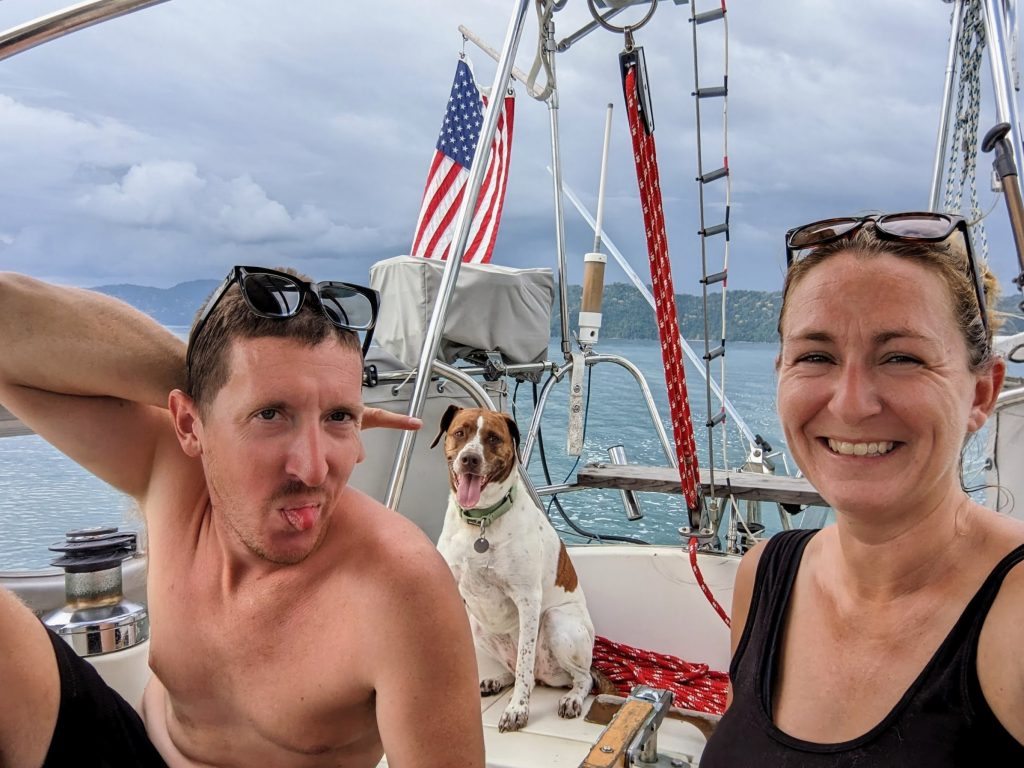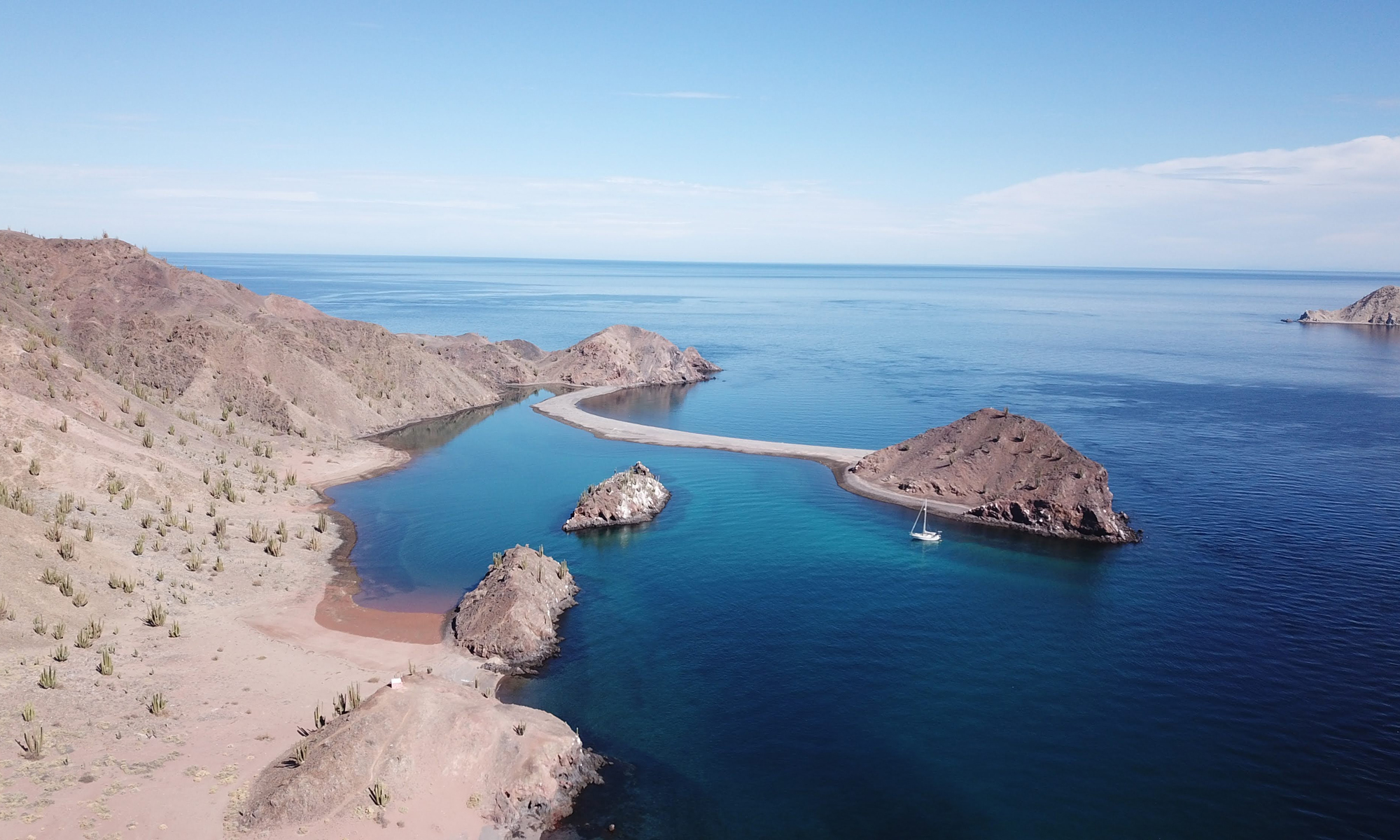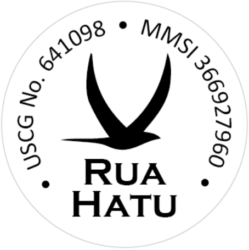Our three month stay in Costa Rica flew by quickly and we are getting ready to check out of Costa Rica in Golfito and make our way to Panama. But first we enjoy Costa Rica’s beauty for a little while longer.
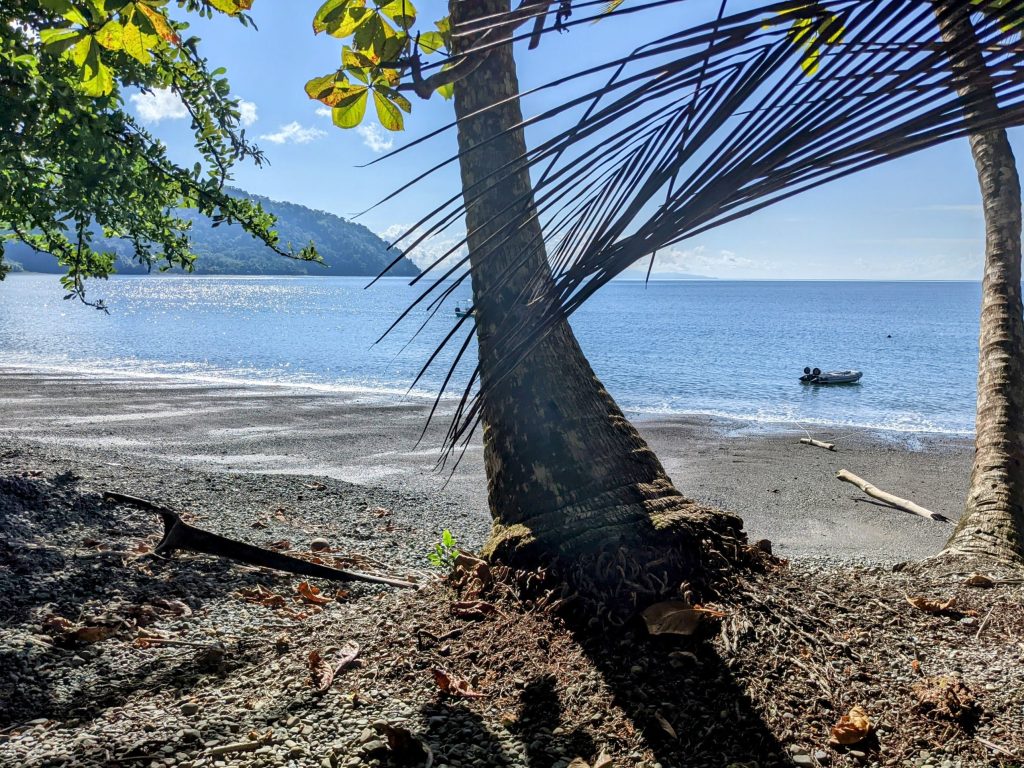
After Nic’s return from his Thanksgiving trip to California, we had three more weeks before our stay in Costa Rica was coming to an end. Our papers only allowed us to stay for 90 days. But before we had to leave, we wanted to see a bit more of the beautiful Golfo Dulce and sailed across the bay from Puerto Jimenez (green dot) to the shoreline of Piedras Blancas National Park (yellow dot).
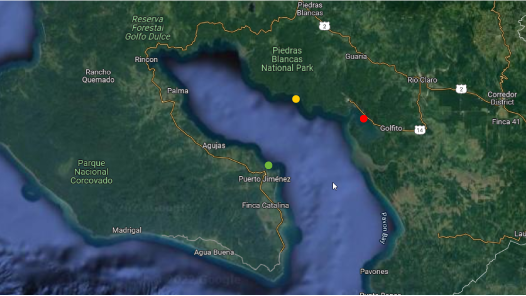
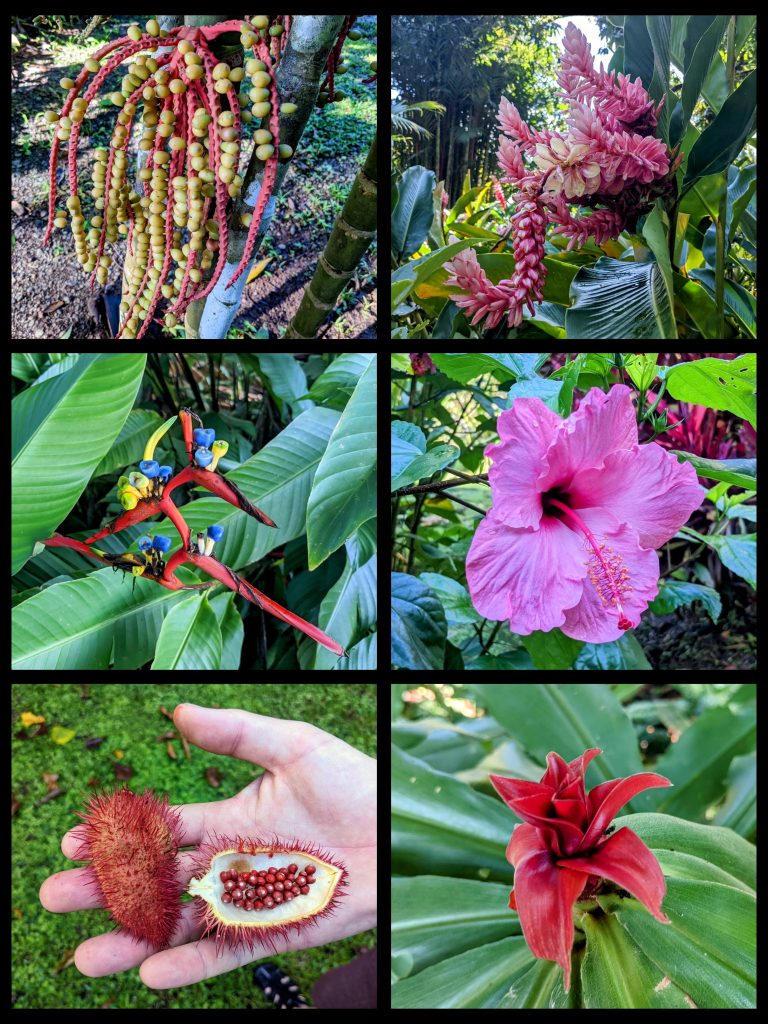
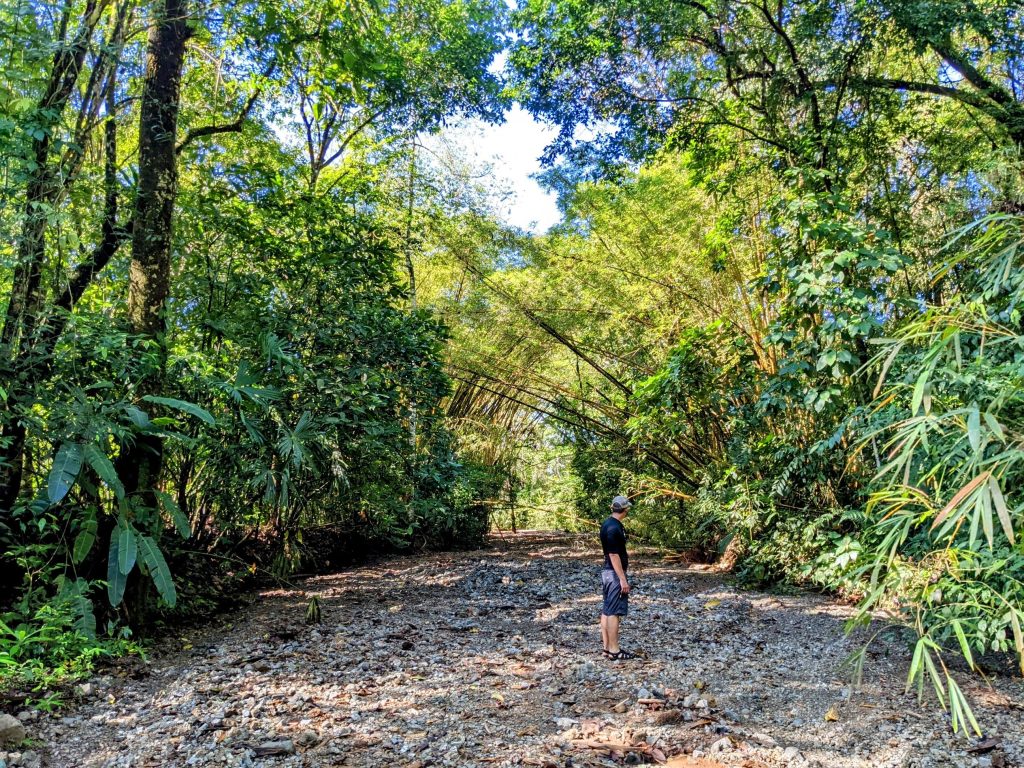
To clear out of Costa Rica and load up on a few more provisions, we visited the little port of Golfito (red dot). The town is mostly just one long road that follows the little Golfito bay. Golfito is the southernmost clear-in point in Costa Rica.
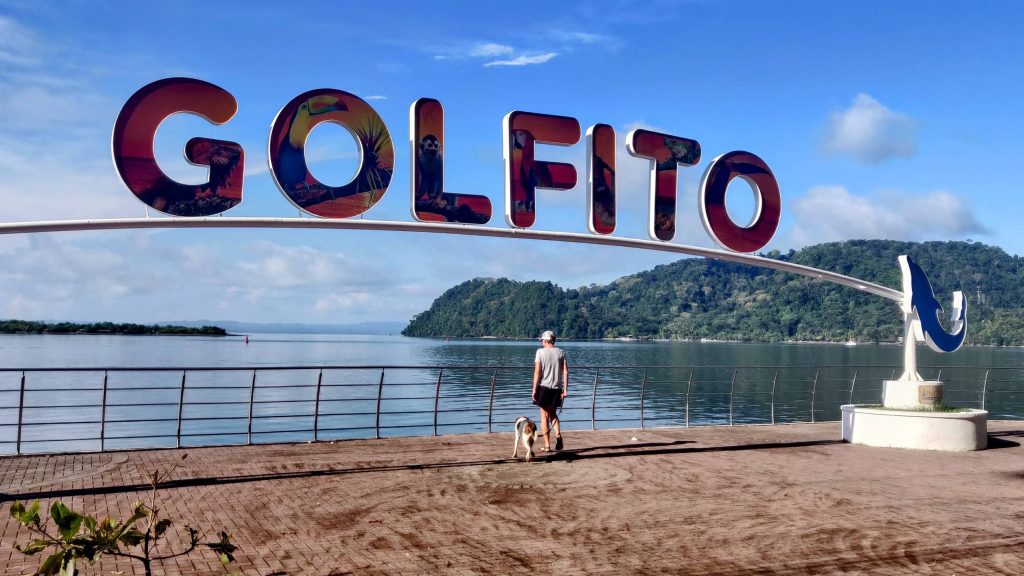
During our weeklong stay we explored some abandoned properties up the hillside along the road. We spotted spider monkeys climbing through the trees and the ever-present Scarlet Macaws squawking as they fly in pairs from one cluster of large trees to the next. Despite the dry season already having started, we still had a downpour almost every afternoon just before sunset. Looking on the satellite and radar images it seems like only Golfito was blessed with this nightly downpour and other parts of the country stayed dry.
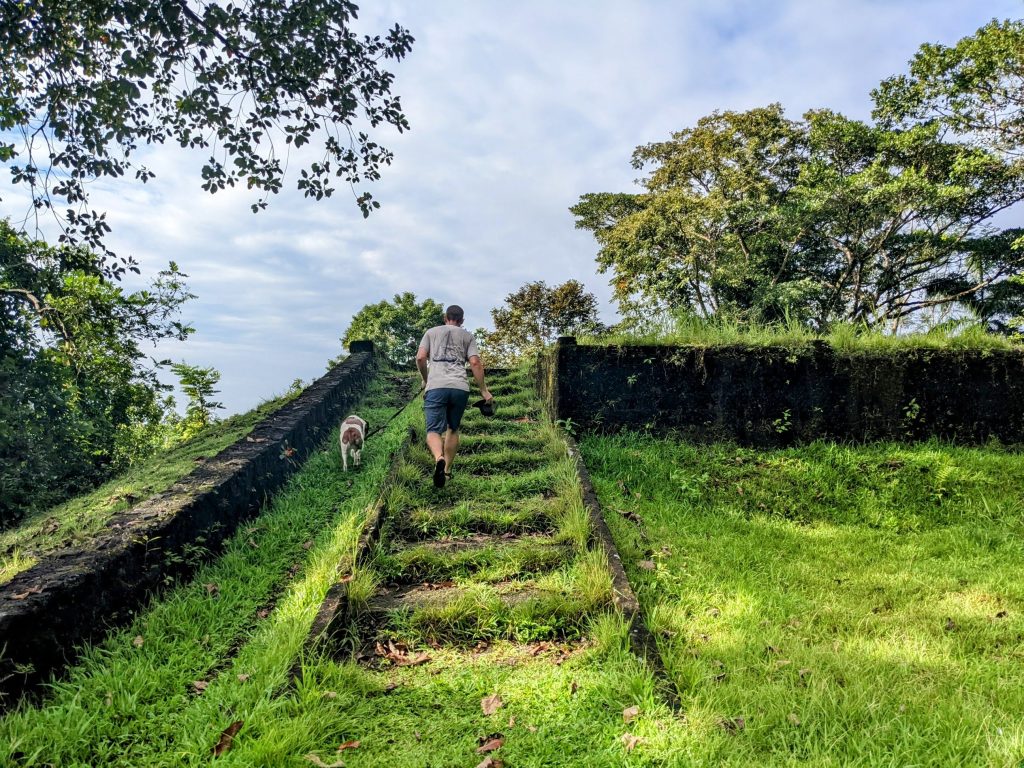
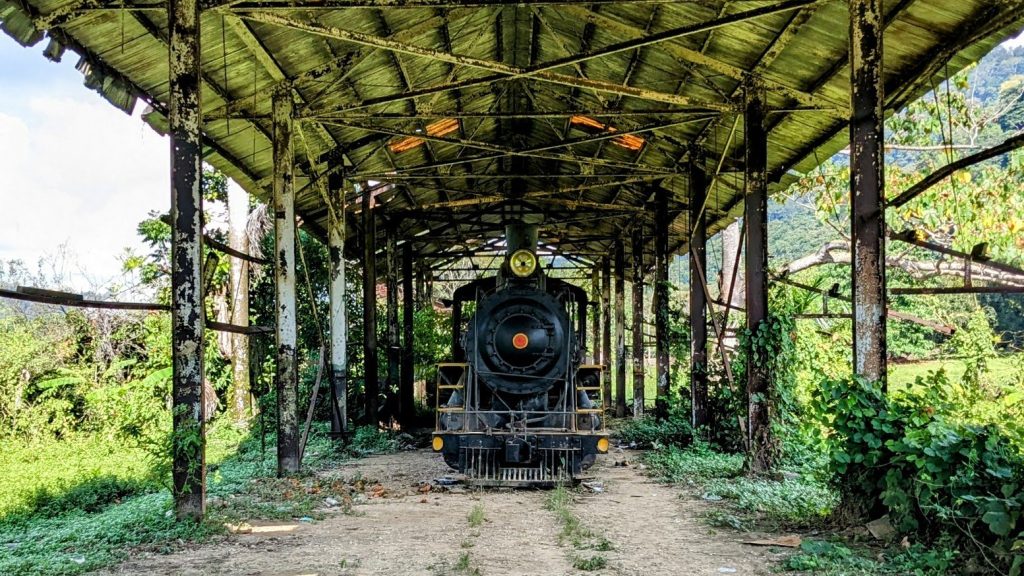
On our last day we got up early and went first to Immigration, got all our papers stamped. Next, to Customs to surrender our Temporary Import Permit. Then to the bank, to pay the $50 USD fee to the Port Captain for processing our exit. And finally to the Port Captain who took all of our papers and handed us our International Exit Document, called a Zarpe. Now we were ready to depart.
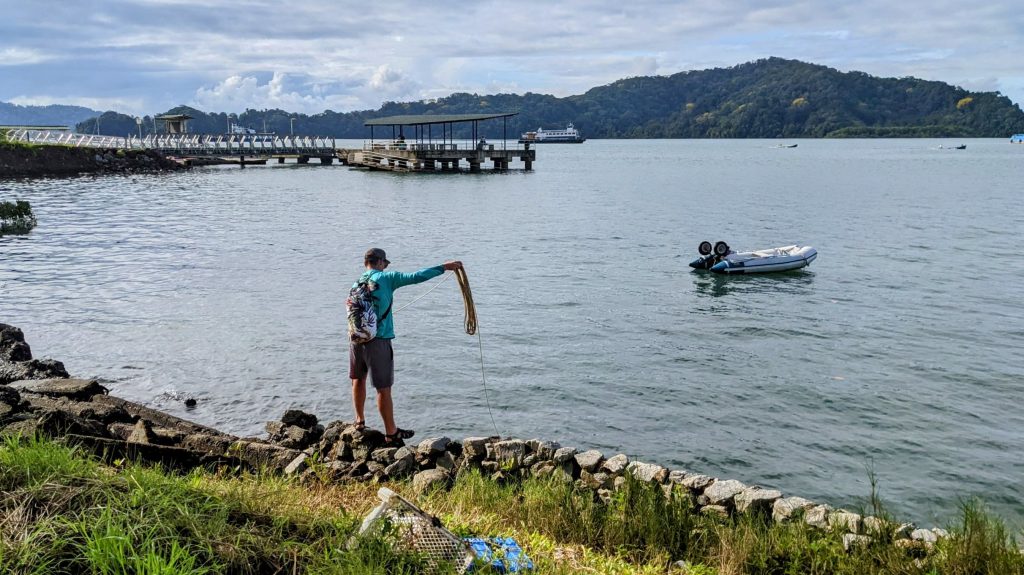
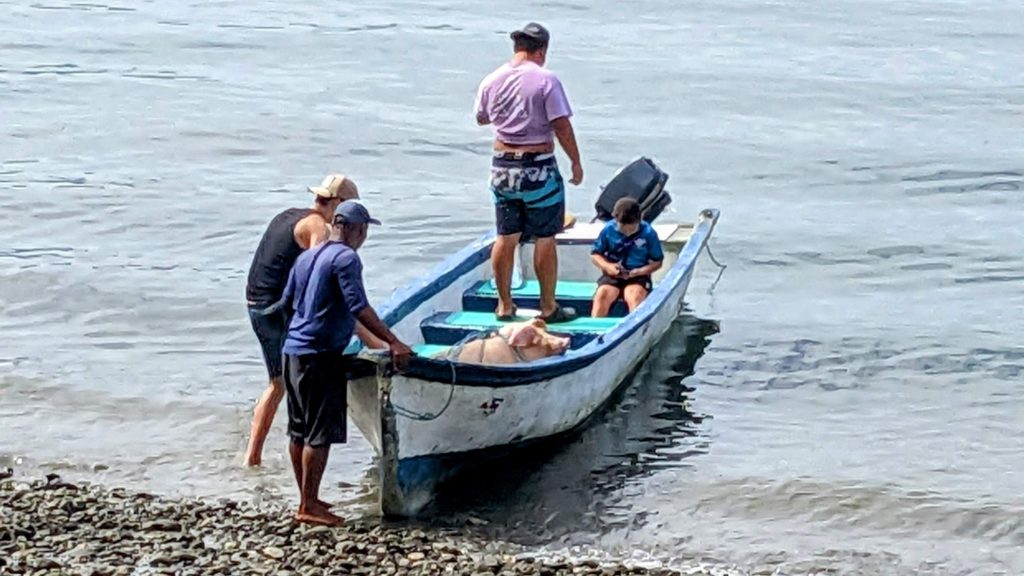
After raising anchor we went to the fuel dock to fill up our one empty diesel tank. Unfortunately as we were backing away from the fuel dock, the dinghy towing line got wrapped around Rua Hatu’s prop. Nic had to go for a dive and thankfully was able to unwrap the lines without having to cut them. Now we were finally on our way.
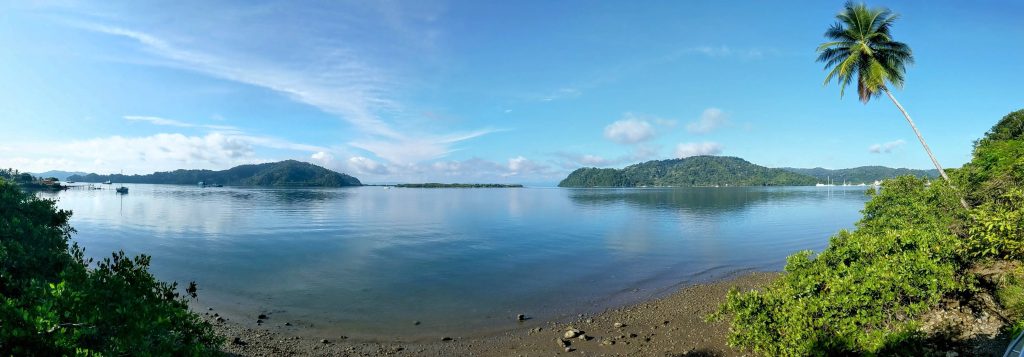
Tropical Costa Rica
As we are leaving Costa Rica, a beautiful country with so much to offer, there are a few things that stood out during the last three months.
The sunrise and sunset here are early. Costa Rica chose an interesting time zone (UTC+8) which places sunrise at 5:30am and sunset at 5:30pm (17:30). They do not observe daylight savings time. The duration of each sunrise and sunset is also very brief, 20 minutes after sunset it is completely dark.
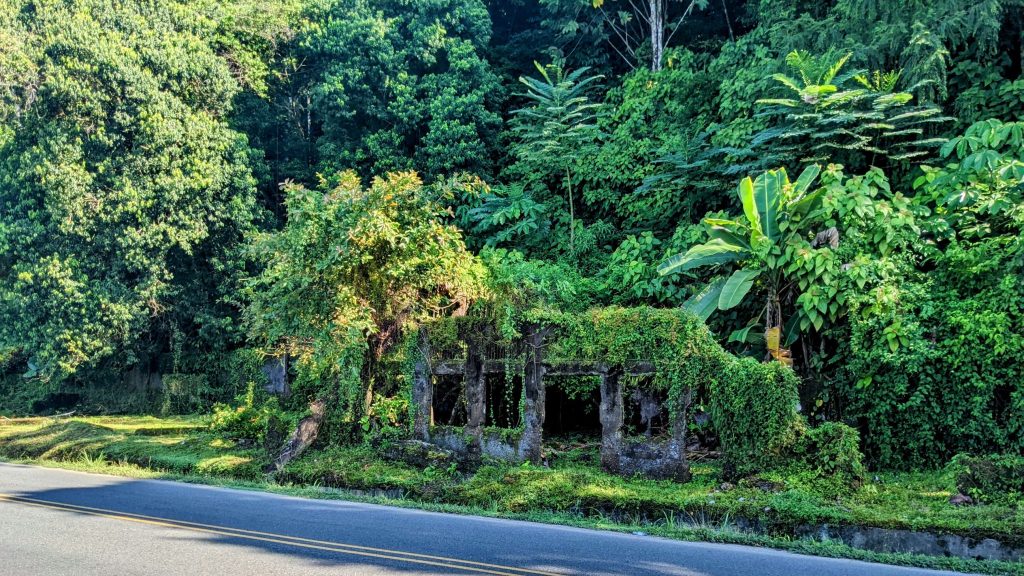
The coastlines are incredibly lush and green. The vegetation grows all the way to the edge of the tide line, barely avoiding contact with saltwater. But the mangrove trees don’t even care about that, they grow in saltwater, too. There is a large variety of birds that can be observed along the beaches, in the forests, or even the streets of Playas del Coco, Puerto Jimenez or Golfito. So many birds making noise and their beautiful plumage are wonderful contrast to the bright green of the vegetation here. Seeing (and hearing) monkeys such as the howlers and the spider monkeys living in the wild (or very close to humans) is breathtaking. Their fluffy fur and curious attitude makes every encounter memorable.
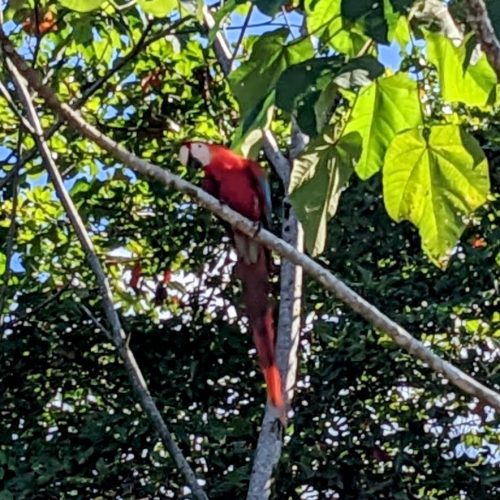
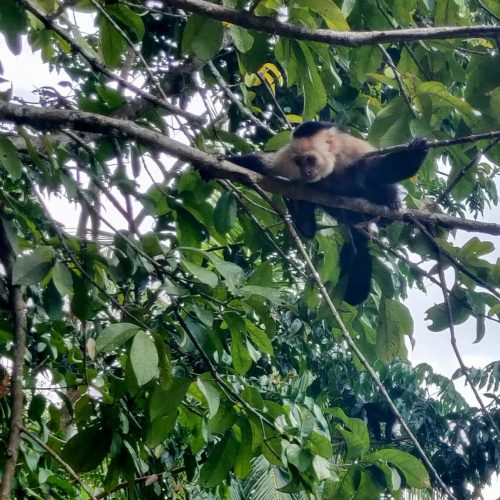
While we visited Golfo de Nicoya, we observed a lot of trash on the beaches and floating in the water. Usually we strive to pick up trash on the beaches we visit but the sheer amount we encountered just could not fit onboard Rua Hatu. Unfortunately the two of us could not make much of a dent in the amount of trash here. I suspect the trash is coming down the river from the country’s largest city, San Jose.
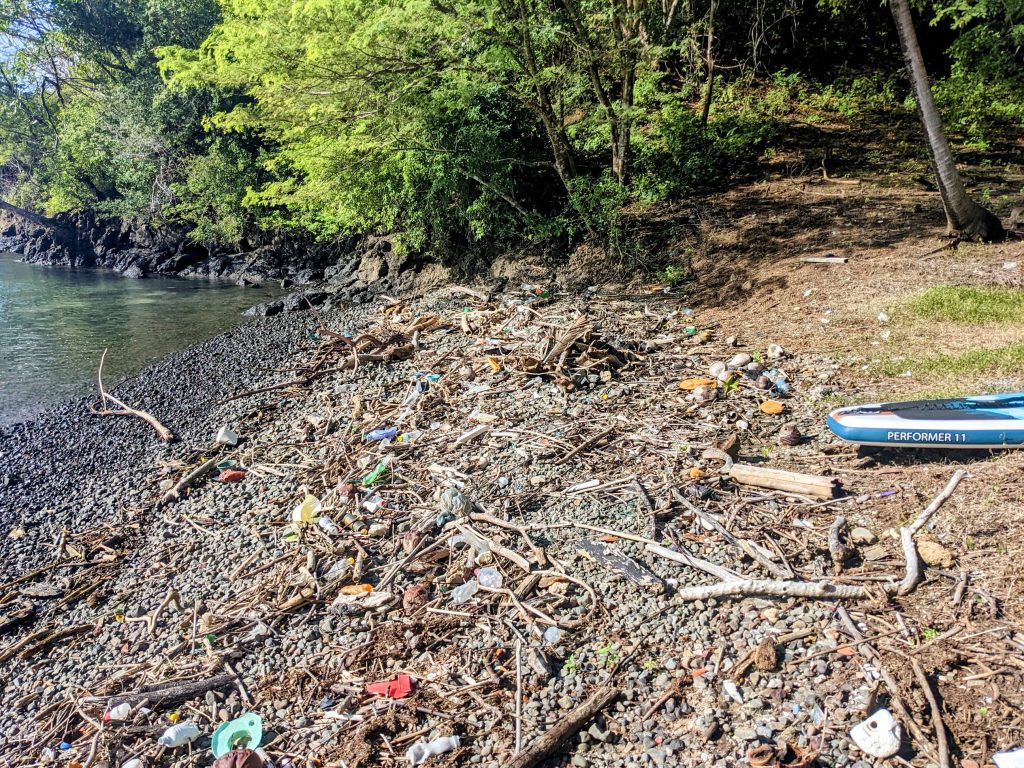
Despite the trash, the minimal packaging at grocery stores was impressive. The packaging for many items is reduced to just one material and most products also don’t have all the empty space inside the top of the product. The majority of items being sold seem to be produced in Costa Rica which is impressive considering the size and population of this small country. The central valley of Costa Rica also produces most of the fruits and vegetables sold in stores here. Unfortunately, the food prices here are comparable to the US West Coast. I am not sure how locals (non-expats) can afford to live here. We preferred to eat on the boat as, for example, a lunch for two at a small “Soda”, an informal restaurant serving local fare, usually ran between US$30 to US$40.
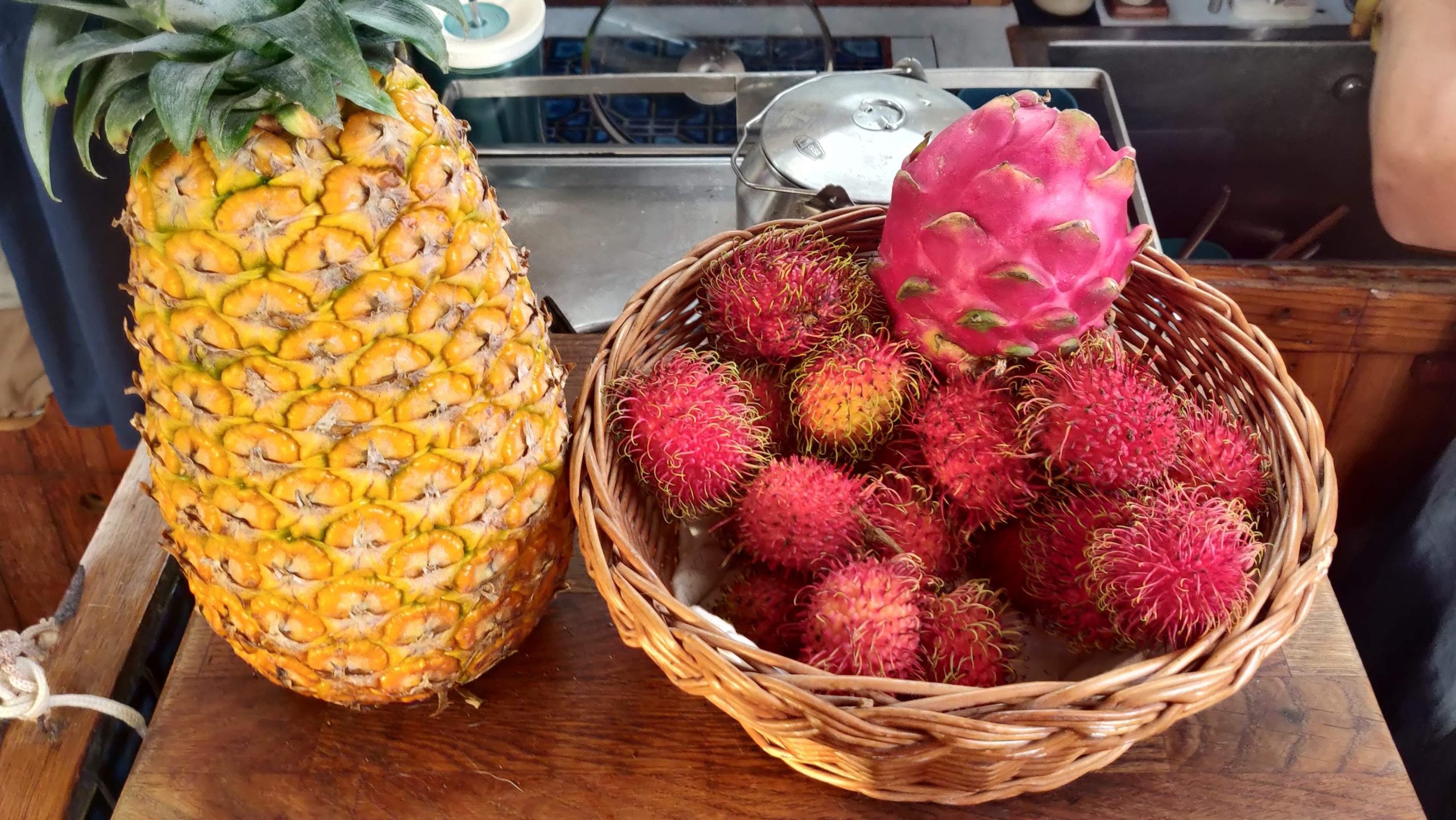
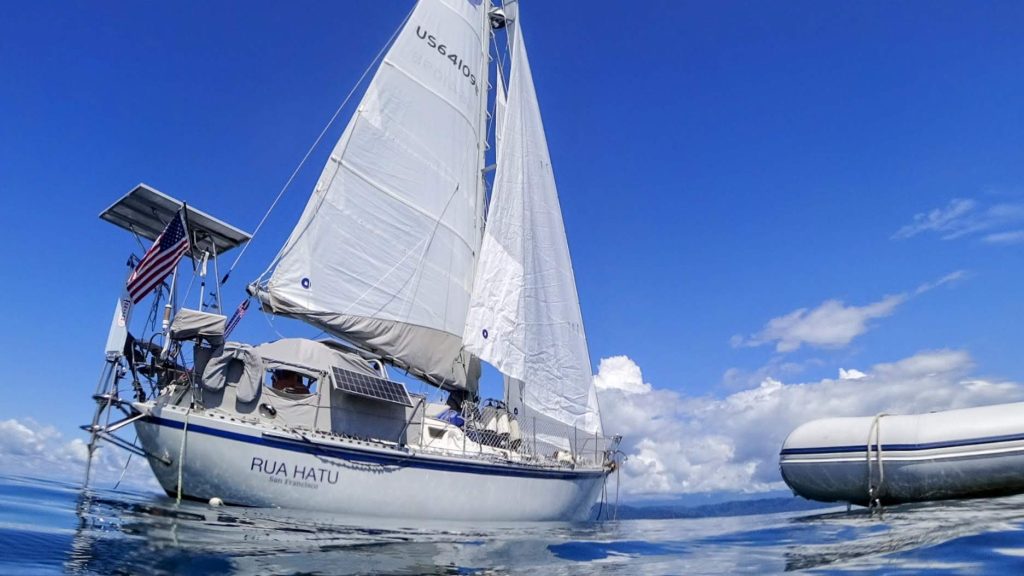
Sailing on
As we say goodbye to beautiful Costa Rica, we look forward to exploring what Panama has to offer and hopefully get all the materials in Panama City to build a new, solid dinghy for Rua Hatu. No more leaky inflatable dinghies!
